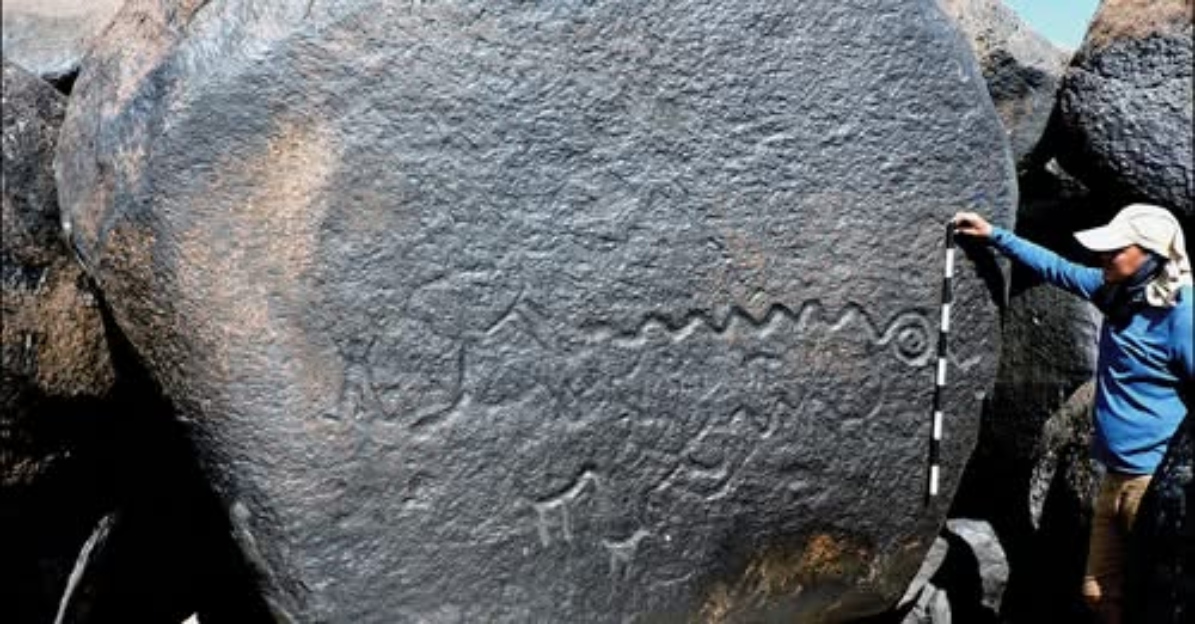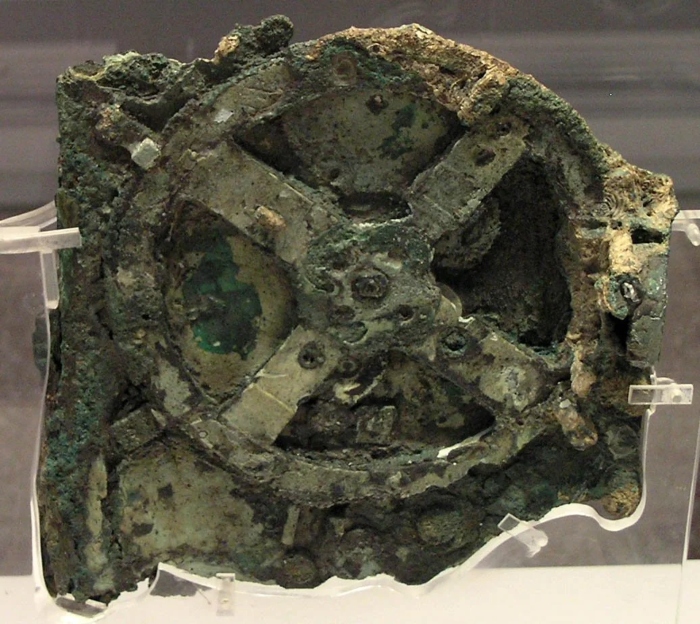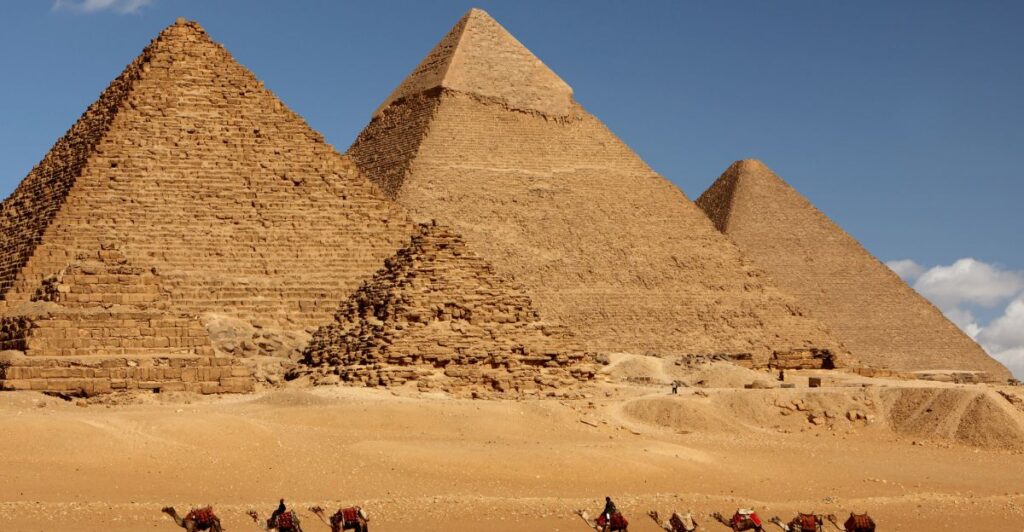
Recent archaeological investigations near the Great Pyramid of Giza have unveiled a mysterious underground anomaly, prompting excitement among researchers. This discovery, made without traditional excavation methods, highlights the potential for significant archaeological findings beneath one of the world’s most iconic historical sites. The research, conducted by a collaboration of Japanese and Egyptian scientists, utilized advanced imaging technologies to explore an unexplored area of the Western Cemetery, revealing structures that could reshape our understanding of ancient Egyptian burial practices.
Background on the Giza Pyramid Complex

The Giza pyramid complex, home to the Great Pyramid built for Pharaoh Khufu, is a UNESCO World Heritage site and one of the Seven Wonders of the Ancient World. The surrounding necropolis includes numerous mastabas—rectangular tombs with flat roofs used for royal family members and high-ranking officials. These structures date back to around 4,500 years ago and are primarily constructed from limestone or mudbricks. Despite extensive research in the area, one section of the Western Cemetery remained largely untouched due to its lack of visible structures.
The Discovery Process
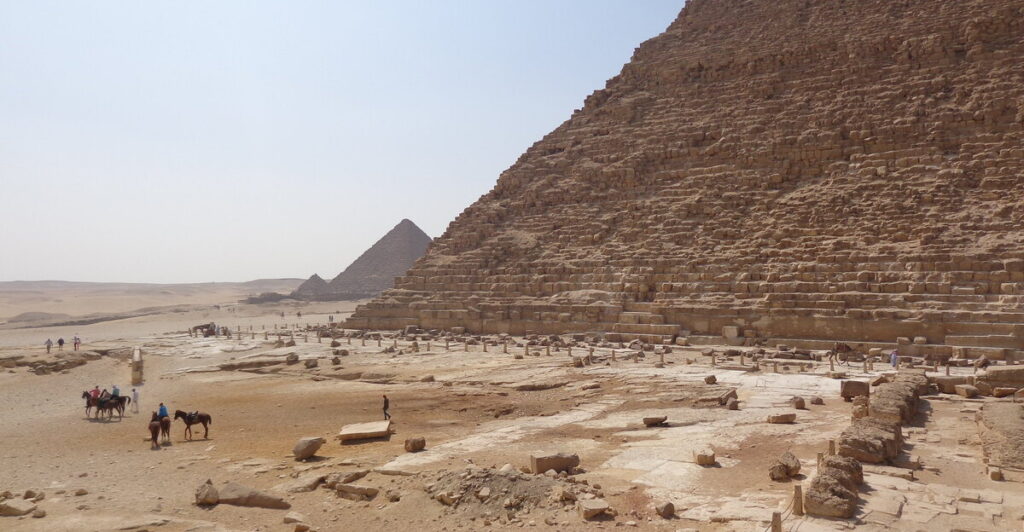
Between 2021 and 2023, researchers from Higashi Nippon International University and Tohoku University in Japan, alongside Egypt’s National Research Institute of Astronomy and Geophysics, conducted a detailed survey of this unexplored region. They employed ground-penetrating radar (GPR) and electrical resistivity tomography (ERT) to investigate beneath the surface without disturbing the ground. This non-intrusive approach allowed them to gather data on subsurface structures while preserving the integrity of the site.
Findings: The Anomaly Revealed
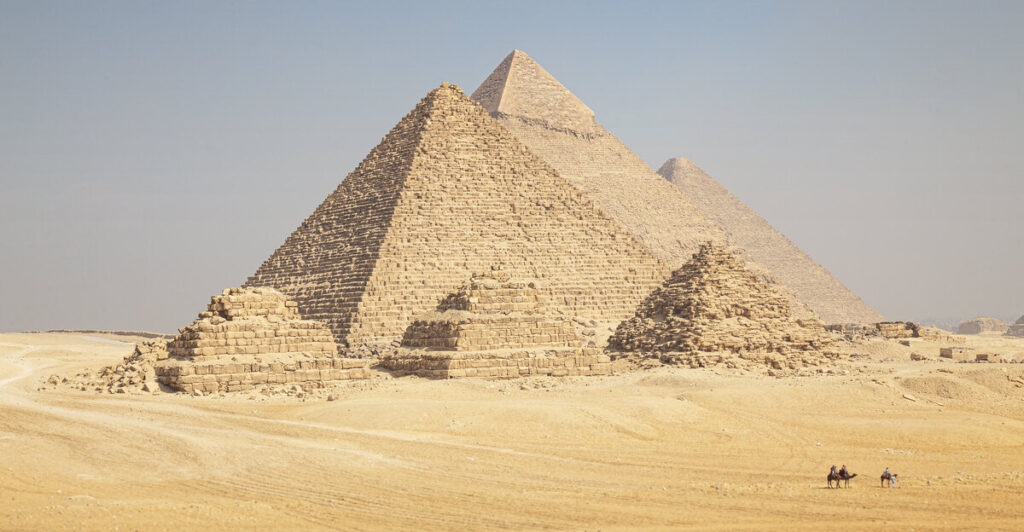
The scans revealed an intriguing anomaly characterized by two distinct structures: a shallow L-shaped formation and a deeper structure beneath it. The L-shaped structure measures approximately 33 feet long and is situated about 6.5 feet below ground level. Researchers believe it may have been backfilled with sand after its construction, suggesting it could have served as an entrance to a more substantial underground chamber.
Characteristics of the Structures
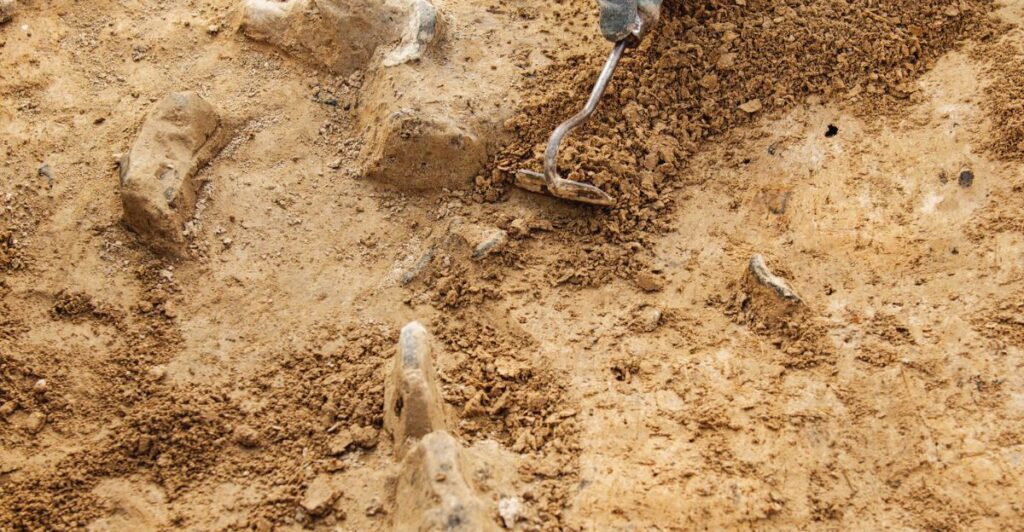
The shallow L-shaped structure is estimated to be around 10 meters wide and 15 meters long. It appears to connect to a deeper structure that lies between 16 to 33 feet below the surface. This deeper anomaly exhibits high electrical resistivity, indicating it may contain materials such as sand or gravel—or possibly even voids—though its exact nature remains uncertain.
Implications for Archaeology
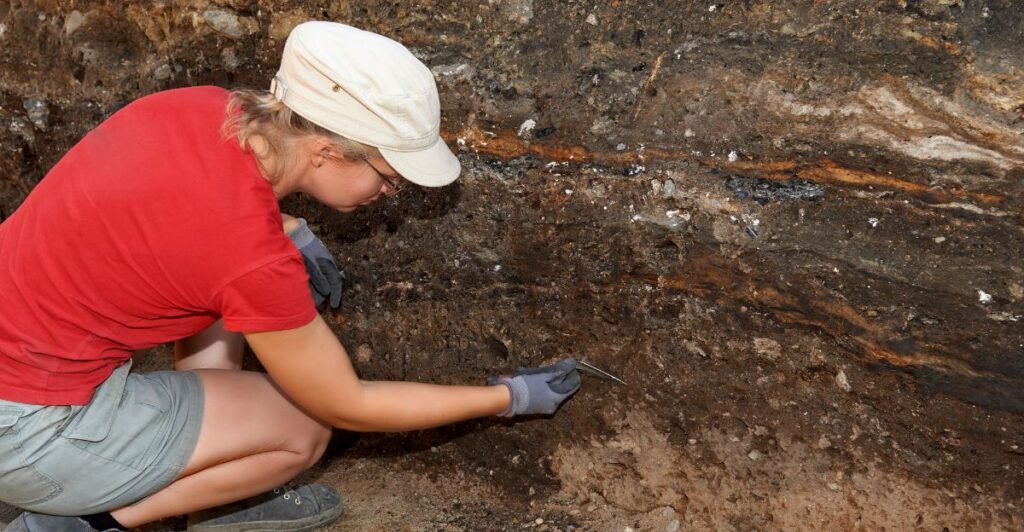
The discovery of these anomalies raises questions about their purpose and significance in ancient Egyptian culture. The presence of such structures in an area previously thought to be empty suggests that there may be undiscovered archaeological remains linked to burial practices or rituals associated with the pharaohs and their families.
Expert Opinions
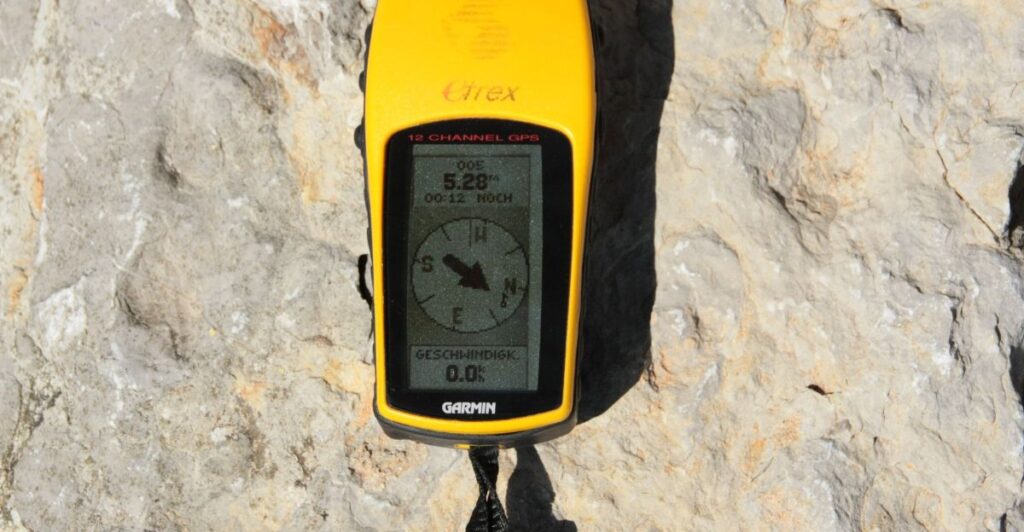
Motoyuki Sato, lead author of the study and an expert in electromagnetic sensing technologies at Tohoku University, expressed optimism about the findings. He noted that the distinct L-shape cannot be attributed to natural geological processes, indicating human intervention in its creation. Peter Der Manuelian, an Egyptologist from Harvard University, emphasized that while many anomalies exist within Giza’s cemeteries, this particular discovery warrants further exploration.
Future Excavations Planned

In light of these findings, researchers are advocating for prompt excavations to uncover the true nature of these underground structures. They emphasize that understanding what lies beneath could provide invaluable insights into ancient Egyptian funerary practices and architectural techniques.
A Step Towards Unraveling History
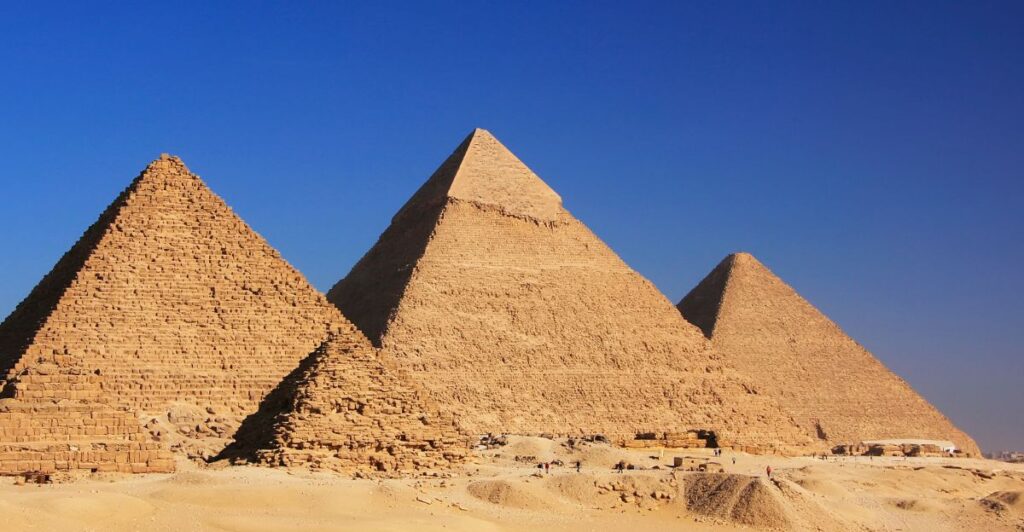
The ongoing investigation into this underground anomaly near Giza represents a significant step forward in archaeological research. By utilizing modern technology to explore ancient sites without disturbing them, scientists can uncover hidden histories that have remained buried for millennia. As excavations commence, there is hope that these efforts will yield further revelations about Egypt’s rich cultural heritage.
Unraveling The Mysteries

As researchers delve deeper into this enigmatic site, they remain committed to unraveling the mysteries it holds. The potential discoveries could not only enhance our understanding of ancient Egyptian civilization but also inspire future generations to appreciate and protect these invaluable historical treasures.
References:
Archaeologists Discover Mysterious Underground ‘Anomaly’ Near Giza Pyramids
Archaeologists Found an ‘Anomaly’ Near the Pyramids That May Reveal an Ancient Portal




